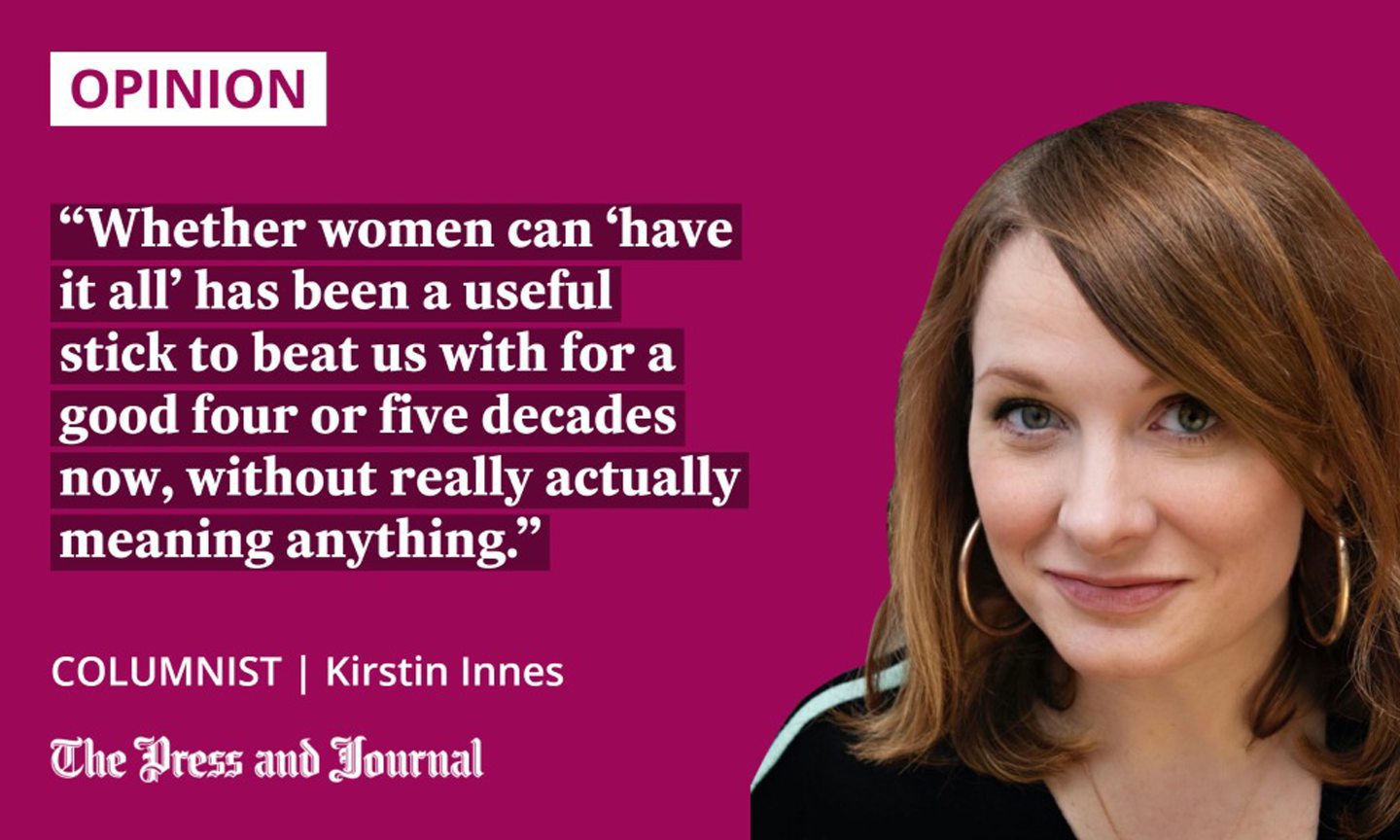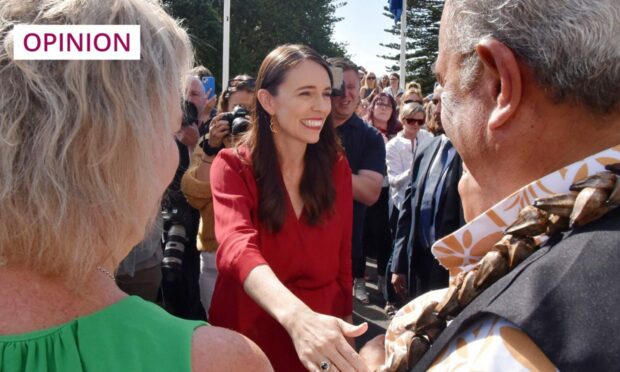‘Having It All’ has been boiled down to a vague idea of career and family life – that’s two things, not All, writes Kirstin Innes.
I’ve never understood why anyone would want to be prime minister. It looks like a terrible, thankless job; one which you are never able to switch off from, with more stress and pressure than most people are ever reasonably expected to cope with.
I also don’t necessarily think we should trust those who actively seek out this sort of power, which every UK prime minister in my lifetime has done nakedly and unabashedly.
It was obvious that Boris Johnson, even before he officially began a leadership bid, was completely unsuited for the role, had no interest in its complexities or in day-to-day governing, and merely saw the status of top job in the country as the ultimate ego-prize.

I also don’t understand why they want to cling quite as hard as they do to the role once we can all see the strain it’s taking on them. Power for power’s sake, perhaps?
Jacinda Ardern, who resigned as New Zealand prime minister last week, is different. For a start, she didn’t actually seek out the role; she had to be convinced by her fellow Labour Party members that she was the leader they needed.
Secondly, she took the strikingly unusual decision to step down after five years, announcing that she “didn’t have enough left in the tank” to do the job any more.
I am the same age as Ardern; her daughter, who was born while she was in office, is the same age as my youngest son. At times, when I need a stern talking-to, I have pointed at her and muttered to myself: “Grow up. It’s not that hard.
“You aren’t a prime minister dealing with a global pandemic/terrorist attack/sustained campaign of misogynistic abuse, whilst pioneering a new wave of compassionate leadership, as well as raising a newborn/sleepless toddler/pre-schooler who refuses fruit and vegetables.”
I suspect that quite a few “elder millennial” and xennial working mothers will feel similarly. One of us.
Why is Rishi Sunak never described as a ‘working father’?
Towards the end of her resignation speech, Ardern spoke to directly her tiny daughter, Neve, promising she would be at home for her starting school, and I got teary.
My youngest also starts primary one this year, and, last August, I promised myself I would make the time to take him out of nursery one day a fortnight in this final year. I’ve done it three times; there has always been something in the way. That something has always been work. There is always guilt, but there is always more work.
I was able to take an extended maternity leave, rather than the six weeks Ardern felt she could get away with. I was able to spend time with him and his brother during lockdown, because I wasn’t also trying to run a country and coordinate the most successful Covid response worldwide. But, still, the guilt – which I don’t actually have any proof that Ardern herself feels. I’m projecting.
Not one person seriously suggested that Boris Johnson was off to enjoy hanging out with his toddlers more when he left Downing Street
Perhaps because of this relatability, because she chimes so well with working mothers of young children, I wonder if we have over-associated ourselves with her. Part of me was utterly fuming when the BBC published its disastrous, short-lived headline: “Jacinda Ardern resigns: Can women really have it all?”
Why discuss Ardern’s motherhood when Rishi Sunak will never, ever be described as a “working father”, and not one person seriously suggested that Johnson was off to enjoy hanging out with his toddlers more when he left Downing Street?
Jacinda Ardern has not failed
Whether women can “have it all” has been a useful stick to beat us with for a good four or five decades now, without really actually meaning anything.
It reminds me of my four-year-old, currently trying to understand the scope of the world by asking things like: “Mummy, what if I ate all of the food everywhere? What if I had all of the things in the whole of Scotland?”
“Having It All” has been boiled down to a vague idea of career and family life – that’s two things, not All. And, well, yes, most working parents are keeping those two balls in the air, although most of us will admit to being exhausted. We’re generally not doing what Ardern was doing, though.
Prime Minister @JacindaArdern has guided New Zealand through crises and seized opportunities by leading with foresight, integrity and empathy. Her country is better off because of her remarkable leadership—and the rest of us are too. pic.twitter.com/3Mx2iYCnsE
— Barack Obama (@BarackObama) January 21, 2023
Jacinda Ardern has not failed. She has done a brilliant job and is now choosing to rest and prioritise a different part of her life.
That BBC headline, and the many like it, suggest that feeling exhausted by a job (particularly one of magnitude) and making the sensible and wise decision to step back is a weakness – and an exclusively female weakness.
What Ardern demonstrated throughout her premiership was a new way of holding power – wearing it lightly and prioritising compassion. That’s a far better kind of strength.
Kirstin Innes is the author of the novels Scabby Queen and Fishnet, and co-author of non-fiction book Brickwork: A Biography of the Arches


Conversation